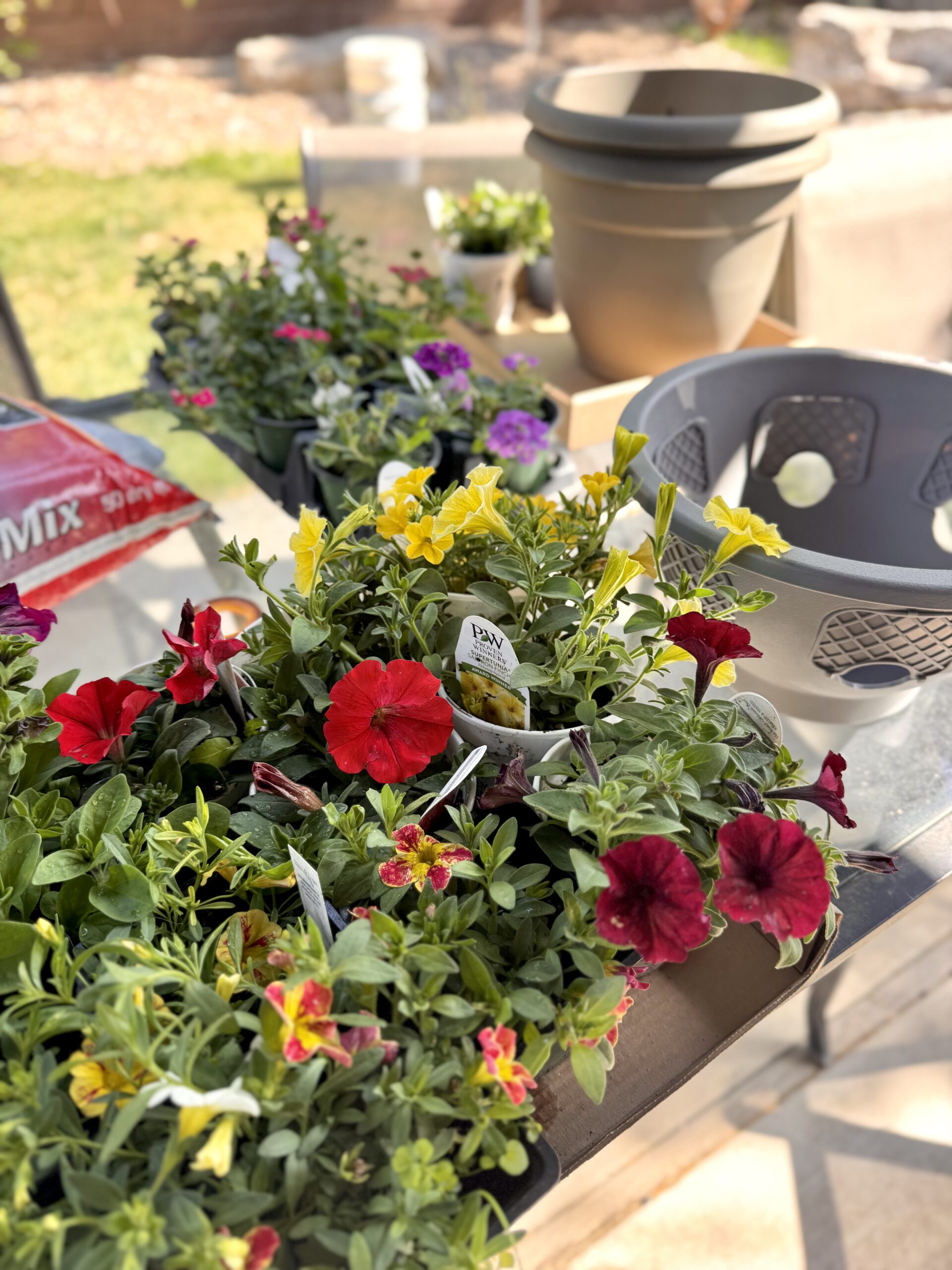
Hey all! Real Farmer Jeff here.
If you’ve ever planted a vegetable garden and ended up with lots of flowers but very little fruit, chances are you’ve run into a pollination problem.
Most fruiting vegetables (including tomatoes, cucumbers, zucchini, squash, melons, pumpkins, eggplants, and peppers) rely on pollinators to transfer pollen from the male part of the flower (anther) to the female part (stigma).
This process is what allows fruits and vegetables to develop. Without it, flowers wither without producing anything, or fruits grow small and misshapen.
So how do you encourage pollination in your garden? In this guide, I’ll walk you through more about the importance of pollination, and how you can encourage it in your garden.
Let’s get started!
Why You Need Pollinators
While some vegetables are wind-pollinated (like corn) or self-pollinating (like beans), many depend on insect pollinators for successful fruit set. Pollinators are also key for:
- Increasing crop yield
- Improving fruit size and shape
- Enhancing biodiversity and garden health
By creating a pollinator-friendly environment, you’re not only helping your vegetable garden thrive, you’re also supporting vital insect populations that are in global decline.
Top beneficial pollinating insects in the vegetable garden include:
- Hoverflies: Double-duty as pollinators and pest control
- Honeybees: Tireless and efficient for most flowering crops
- Bumblebees: Great for tomatoes, peppers, and cool weather
- Solitary bees: Super-efficient and early-season stars
- Butterflies: Add beauty and support pollination diversity
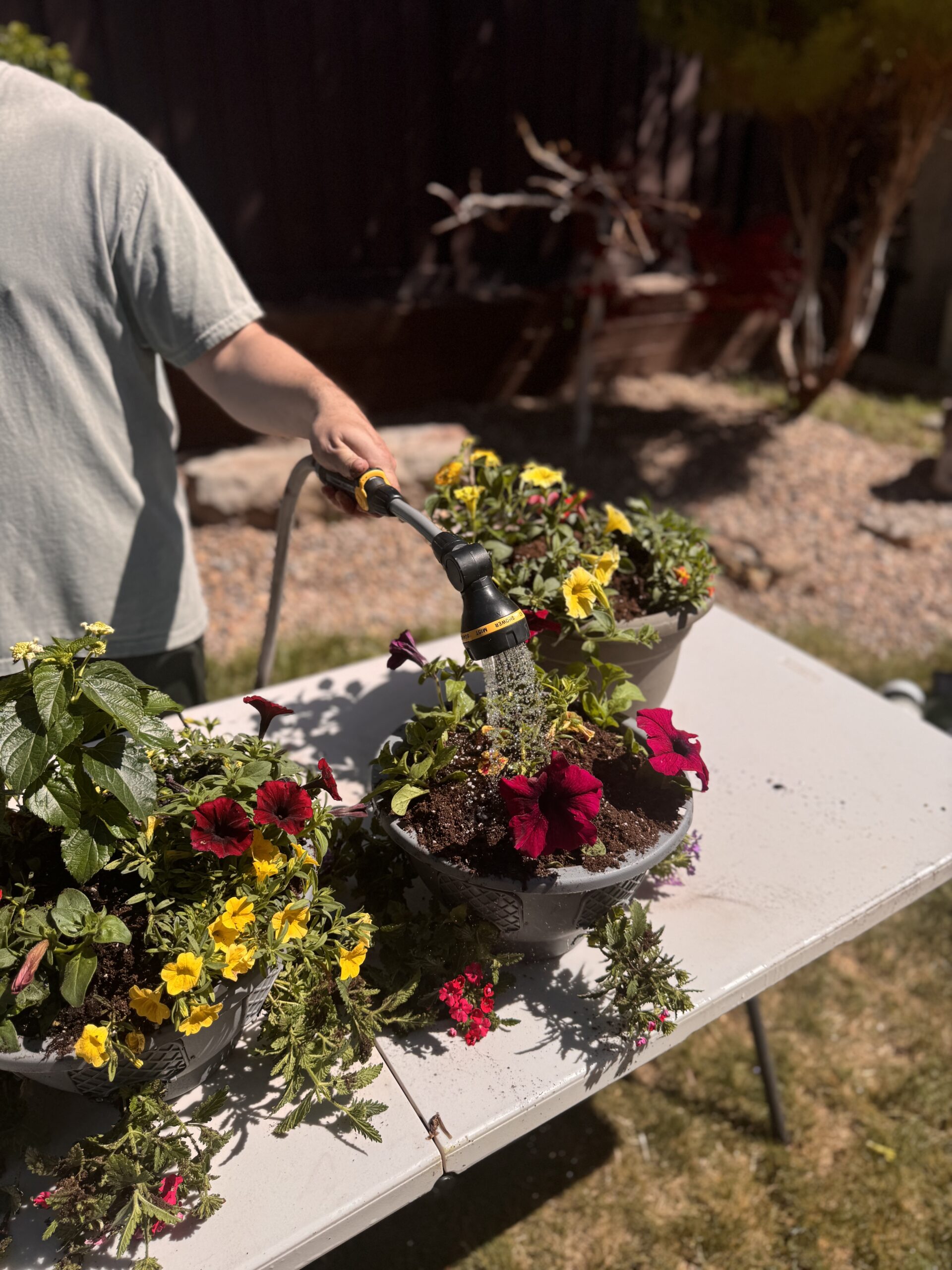
I recently bought this hanging basket (pictured) to plant some flowers in my garden. These are beautiful for trailing flowers like petunias, calibrachoa, or lobelia since they spill so beautifully over the edges. They also work great with pollinator-friendly flowers like lantana or verbena, which attract bees and butterflies throughout the season.
Since my garden space is limited, I appreciate how this type of hanging planter lets me take advantage of vertical space. It’s lightweight yet sturdy, and I’ve found that the included chain and hook hold up well even on windy days.
Whether you’re gardening on a balcony, in a small yard, or just want to add some height to your flower displays, this hanging basket is a versatile and stylish option.
Small-Space Pollinator Flowers
Perfect for containers, raised beds, borders, and tight garden spots.
1. Alyssum (Lobularia maritima)
- Pollinators: Hoverflies, small bees
- Perks: Fragrant, ground-hugging, great for pest control
- Best for: Borders, window boxes, hanging baskets
2. Calendula (Calendula officinalis)
- Pollinators: Bees, butterflies, hoverflies
- Perks: Edible, self-seeding, great in small beds or containers
3. Zinnias (Dwarf varieties)
- Pollinators: Butterflies, bees
- Perks: Bloom nonstop; perfect for pots and garden edges
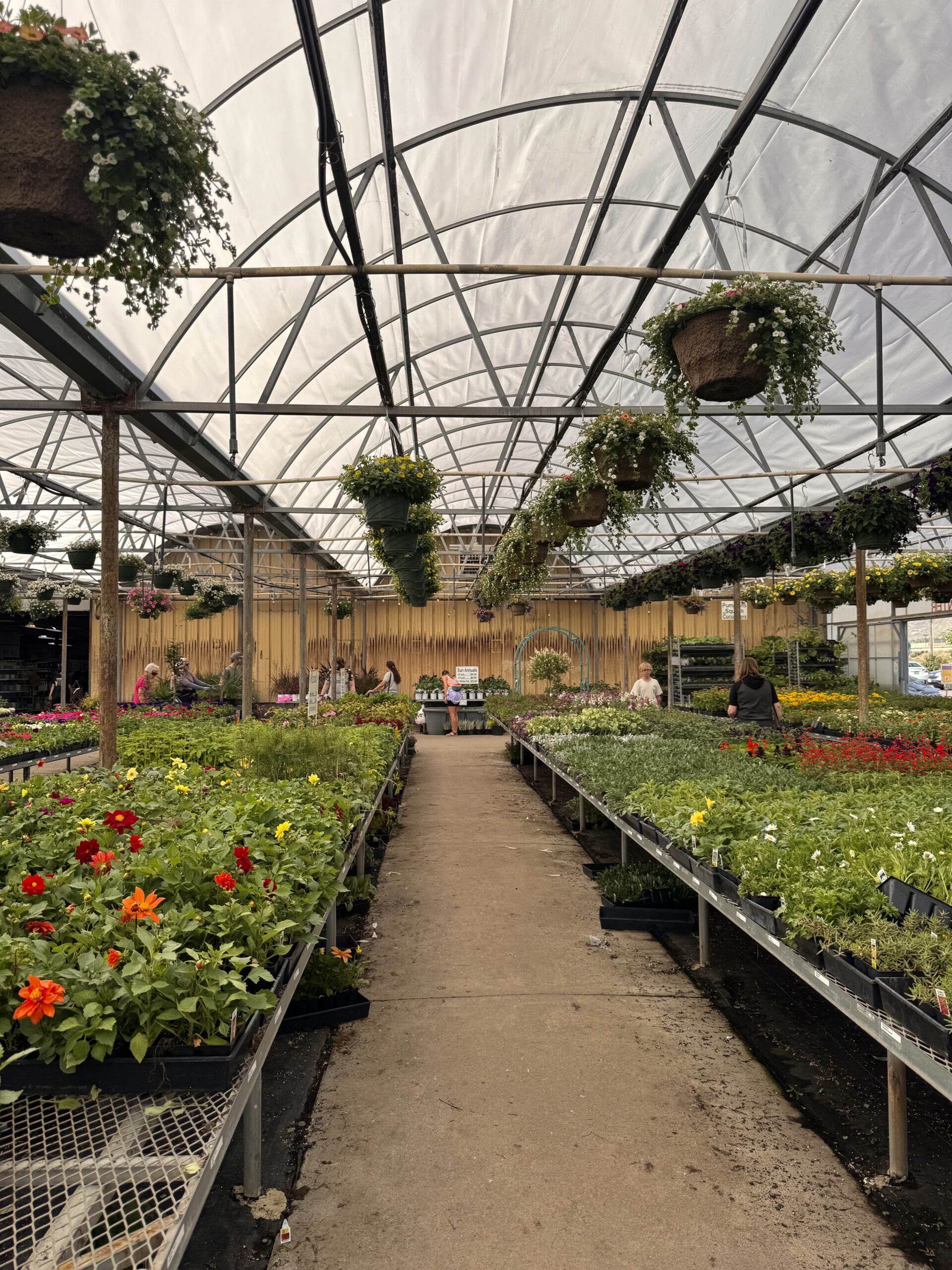
4. Marigolds (Tagetes spp.)
- Pollinators: Bees, hoverflies
- Perks: Deters soil pests; good interplanting flower
5. Lavender (Compact types)
- Perks: Aromatic, long-lasting blooms in small pots or beds
- Pollinators: Honeybees, bumblebees

Medium-Space Pollinator Flowers
Ideal for raised beds, in-ground rows, or garden patches.
1. Borage (Borago officinalis)
- Pollinators: Honeybees, bumblebees
- Perks: Self-seeding, edible, attracts bees like a magnet
2. Cosmos (Cosmos bipinnatus)
- Pollinators: Bees, butterflies
- Perks: Airy, delicate foliage; low maintenance; great filler
3. Calendula (if allowed to spread)
- Pollinators: Bees, hoverflies
- Perks: Grows bushier with more space
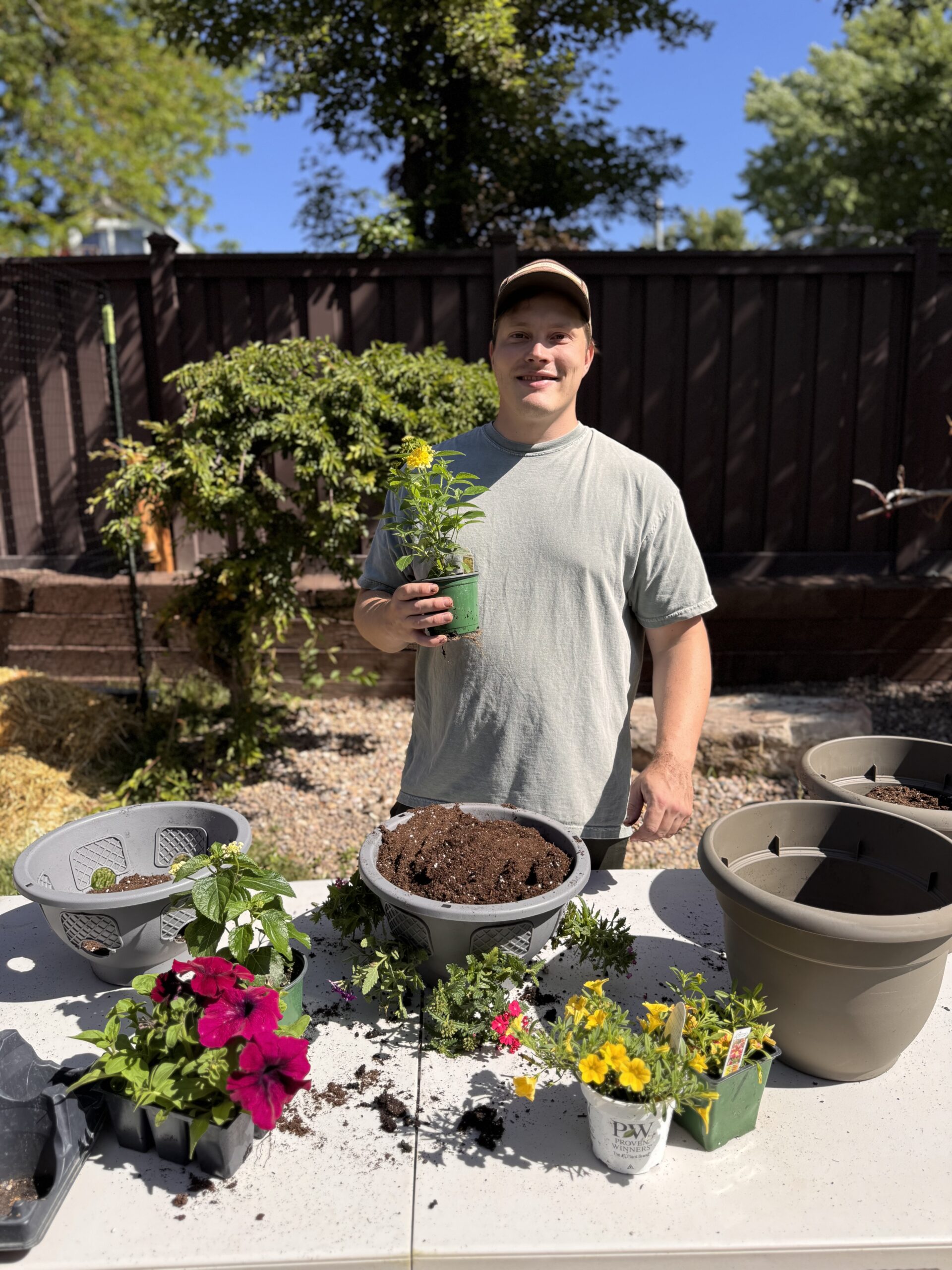
4. Coneflower (Echinacea purpurea)
- Pollinators: Native bees, butterflies
- Perks: Medicinal uses, attracts birds post-bloom
5. Bee Balm (Monarda didyma – dwarf or clumping types)
- Perks: Minty scent, great for tea, colorful summer blooms
- Pollinators: Bumblebees, hummingbirds
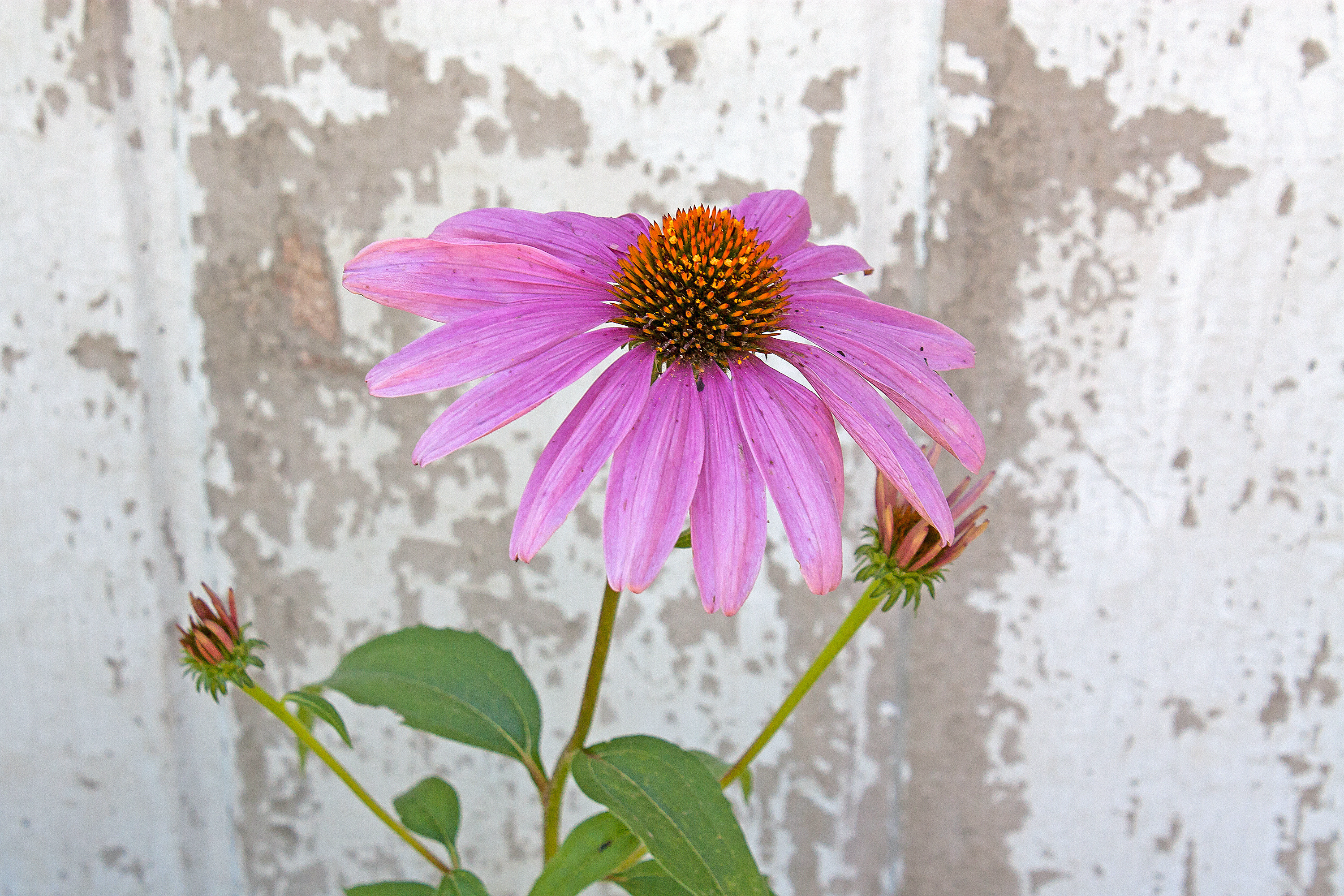
Large-Space Pollinator Flowers
Best for open gardens, pollinator zones, borders, and backdrops.
1. Sunflowers (Helianthus annuus)
- Pollinators: Bees, beetles, butterflies
- Perks: Tall, dramatic, provides seeds for wildlife
2. Full-size Coneflowers
- Pollinators: Bees, butterflies
- Perks: Thrive in full sun, great for native garden borders
3. Tall Bee Balm (Monarda fistulosa)
- Pollinators: Bumblebees, hummingbirds, butterflies
- Perks: Spreads well and fills out wild garden areas
4. Lantana (large trailing types)
- Pollinators: Butterflies, bees
- Perks: Multi-colored blooms; ideal for spilling over beds
5. Goldenrod (Solidago spp.)
- Pollinators: Native bees, butterflies, beetles
- Perks: Late-season food source when other blooms fade
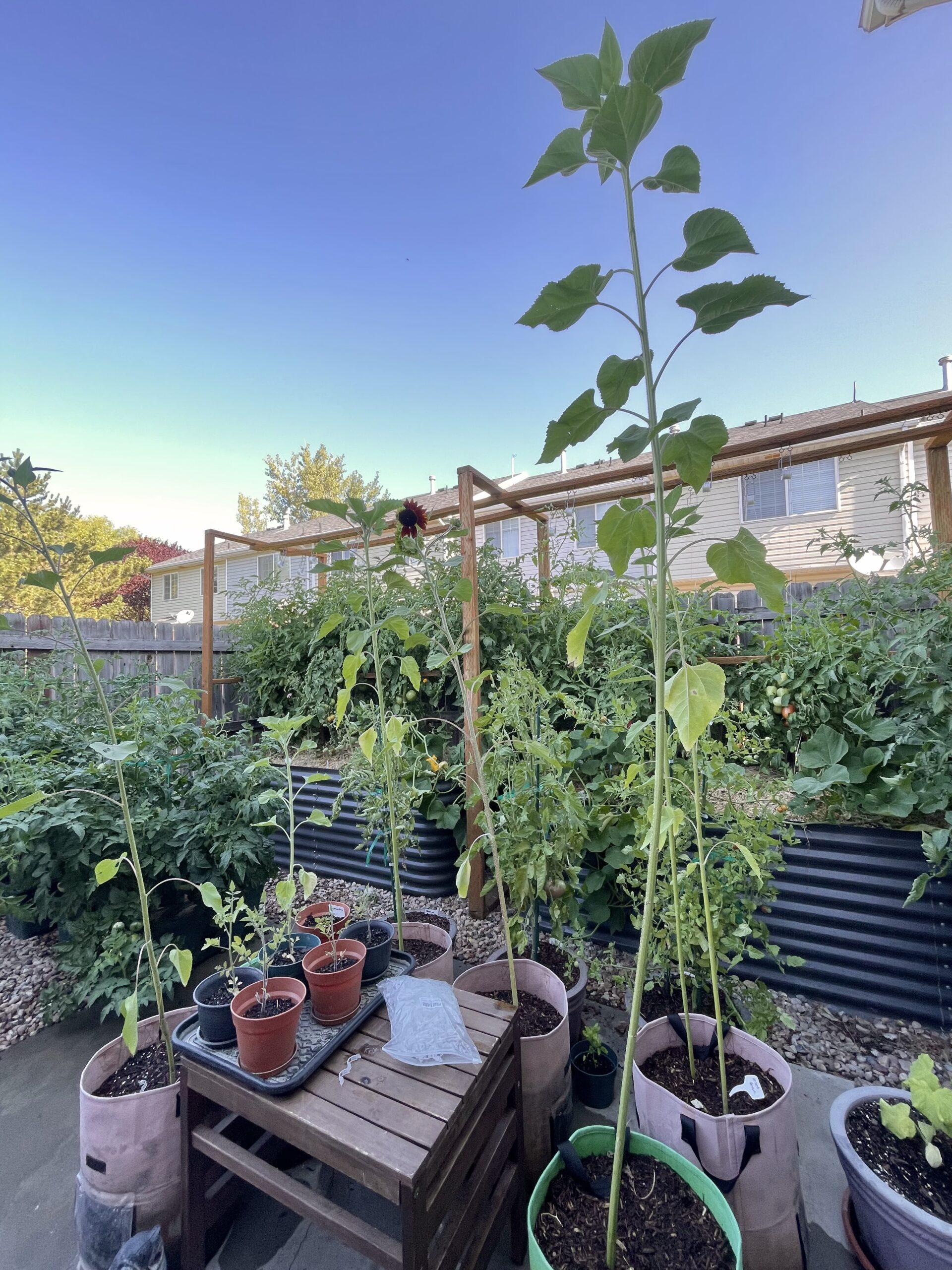
Five Tips for a Thriving Pollinator Garden
Want to boost pollination and veggie yields? These simple practices will turn any garden into a pollinator magnet:
1. Plant for Continuous Bloom
Include flowers that bloom from early spring to fall so pollinators have food all season long.
2. Group Flowers Together
Plant the same flower in clusters (3–5 or more) so pollinators can spot them easily.
3. Skip the Pesticides
Avoid chemical, especially during bloom. Use organic options only when needed and apply in the evening.
4. Offer a Water Source
A shallow dish with pebbles and clean water helps bees and butterflies stay hydrated.
5. Add Native Plants
Native flowers are better suited to local pollinators and often provide more nectar and pollen.
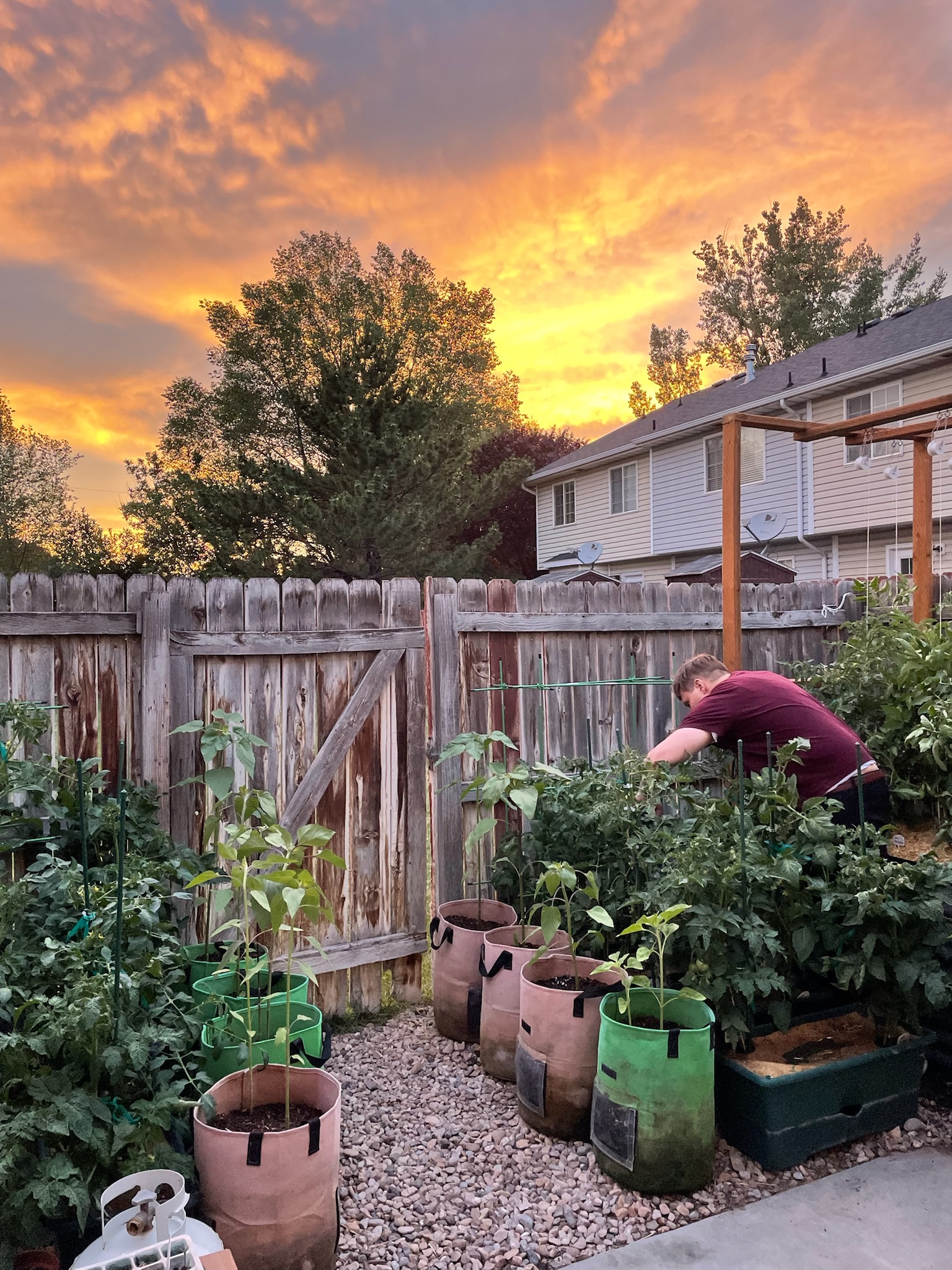
Thanks for reading along, guys! If you enjoyed this blog post, check out my other gardening blog posts:
- How to Start a Garden on a Budget for Under $100
- Essential and Nice-to-Have Garden Products for Your Perfect Setup
- My Garden Setup: 3 Best Garden Containers for Every Gardener
- Understanding Garden Light and Shade: A Simple Guide
- How to Build a Homemade Trellis Using Cattle Panel
Follow me on social media for daily content and instructional videos about gardening!
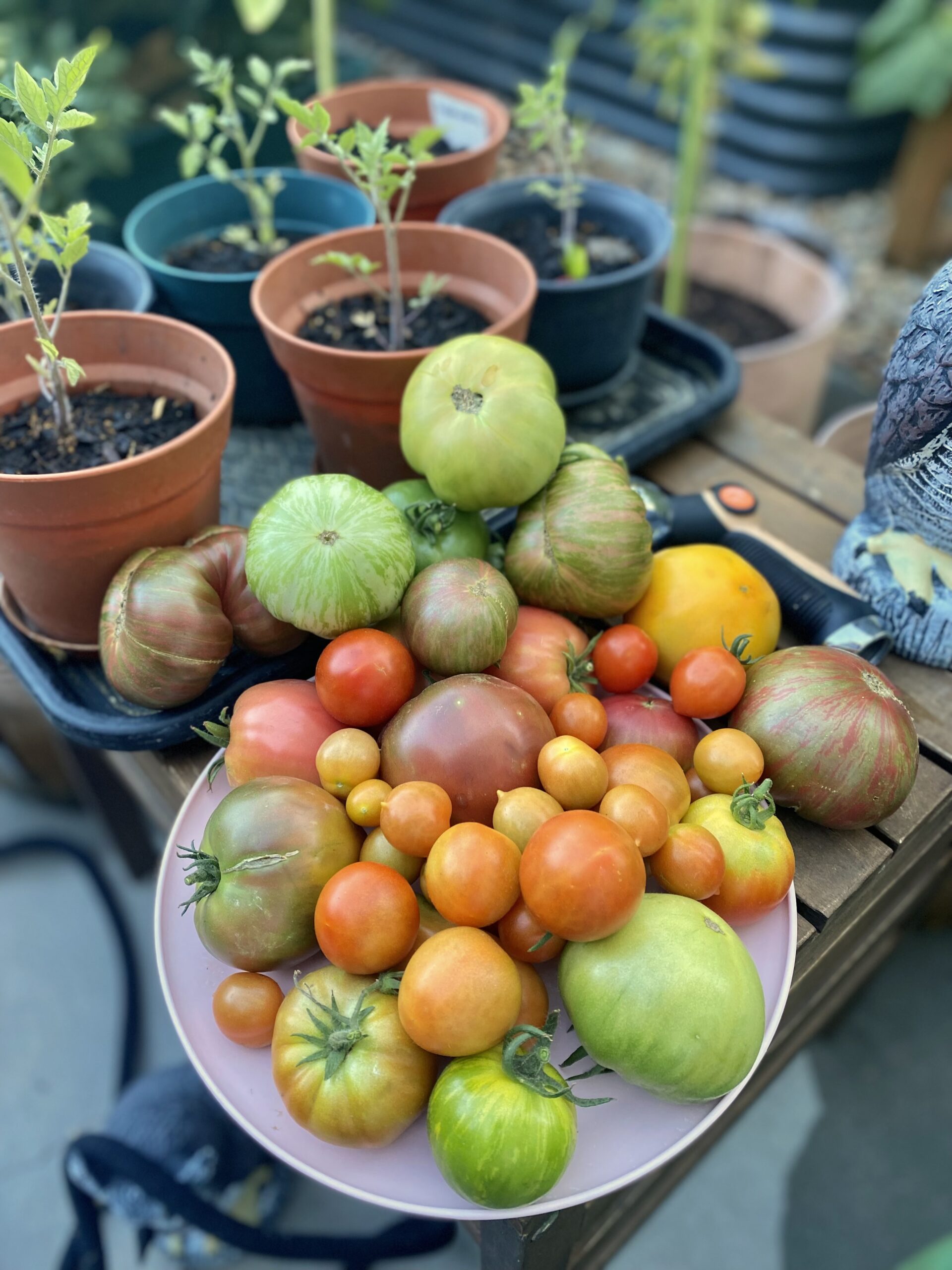

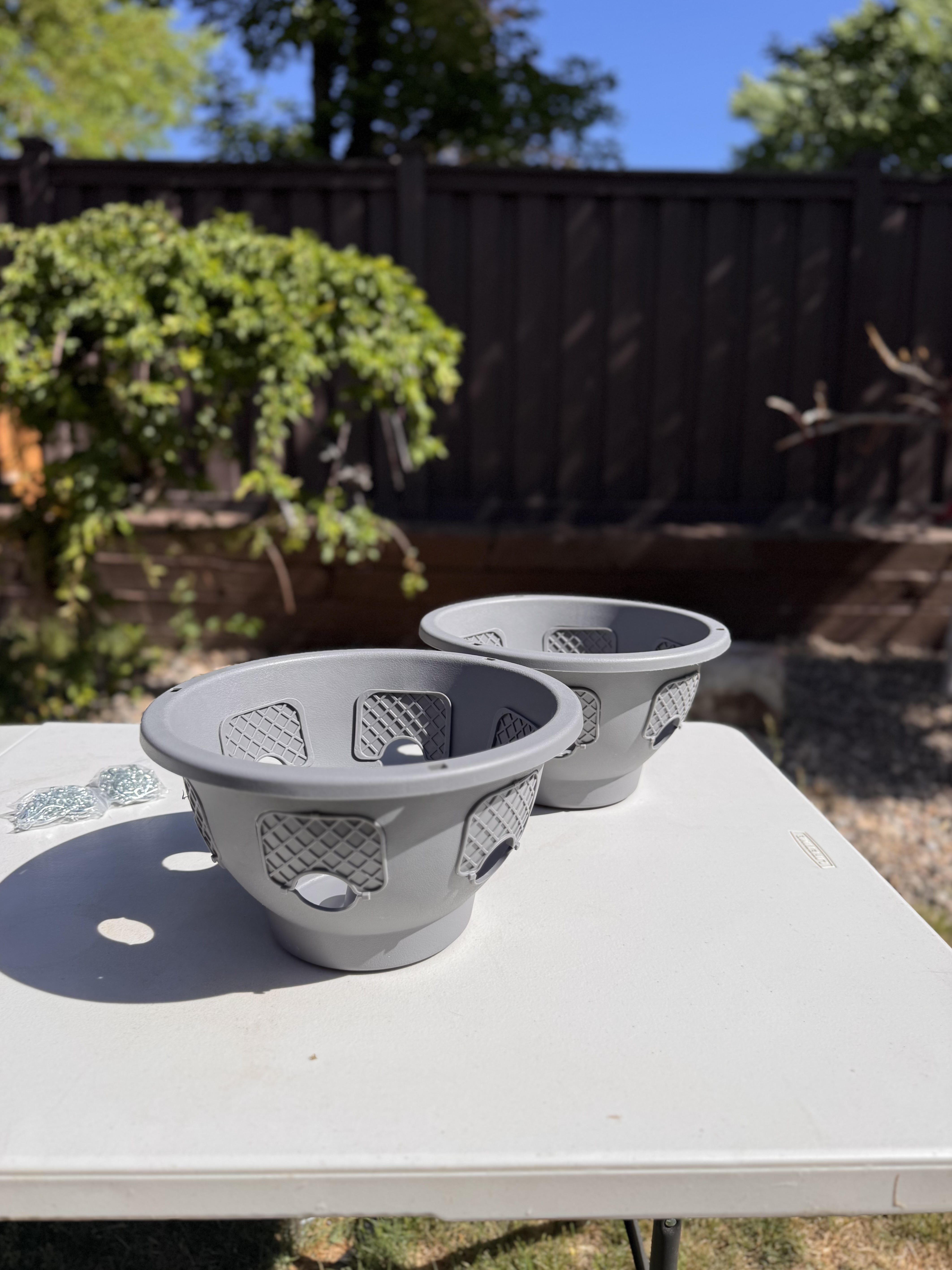

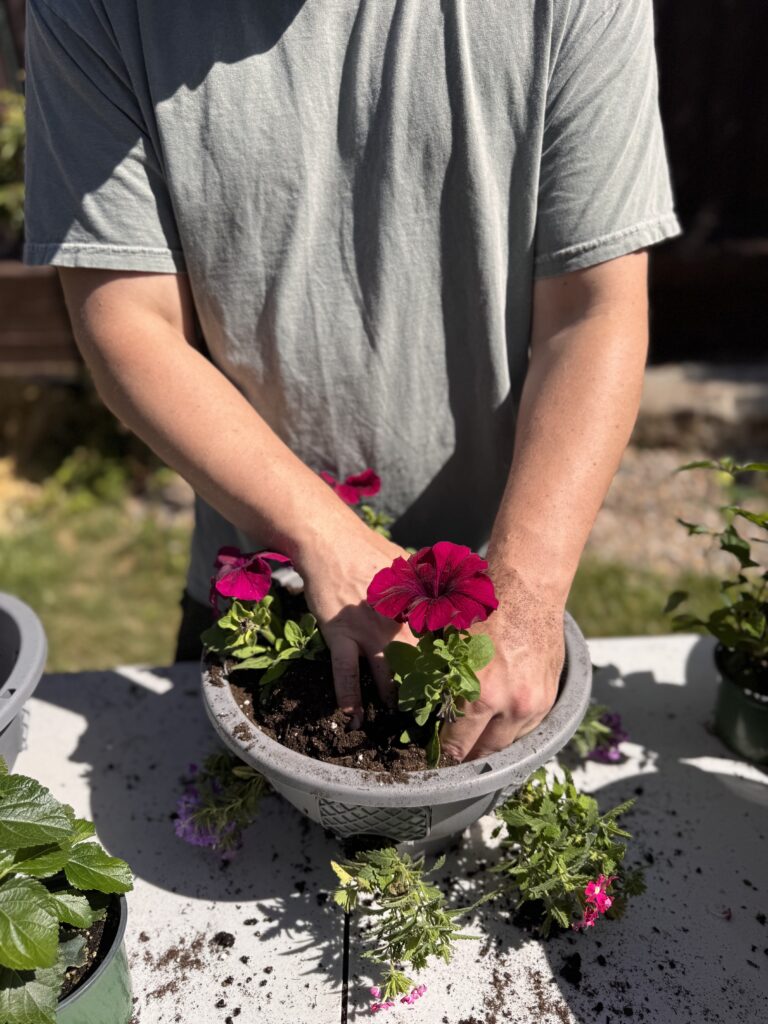




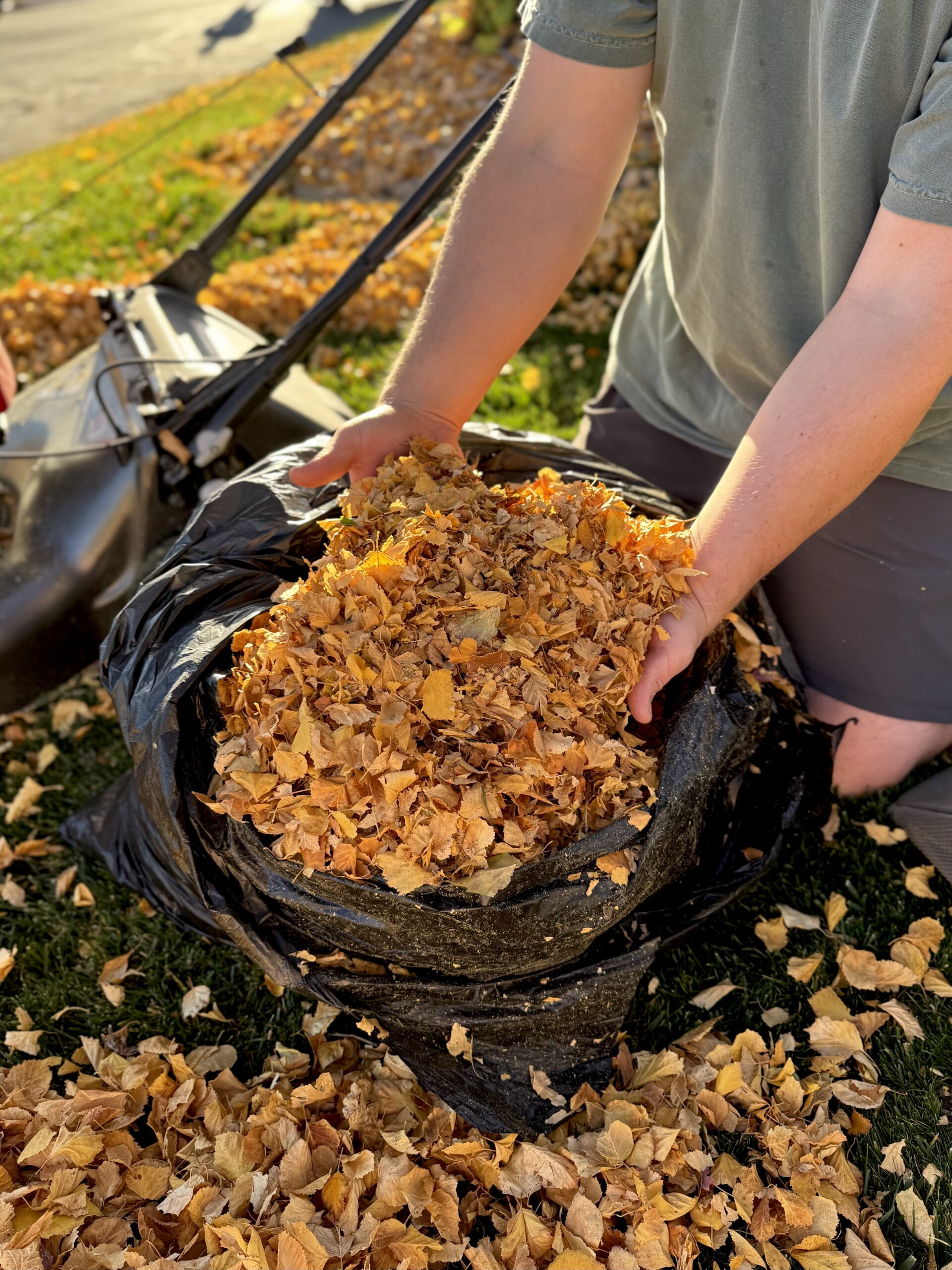
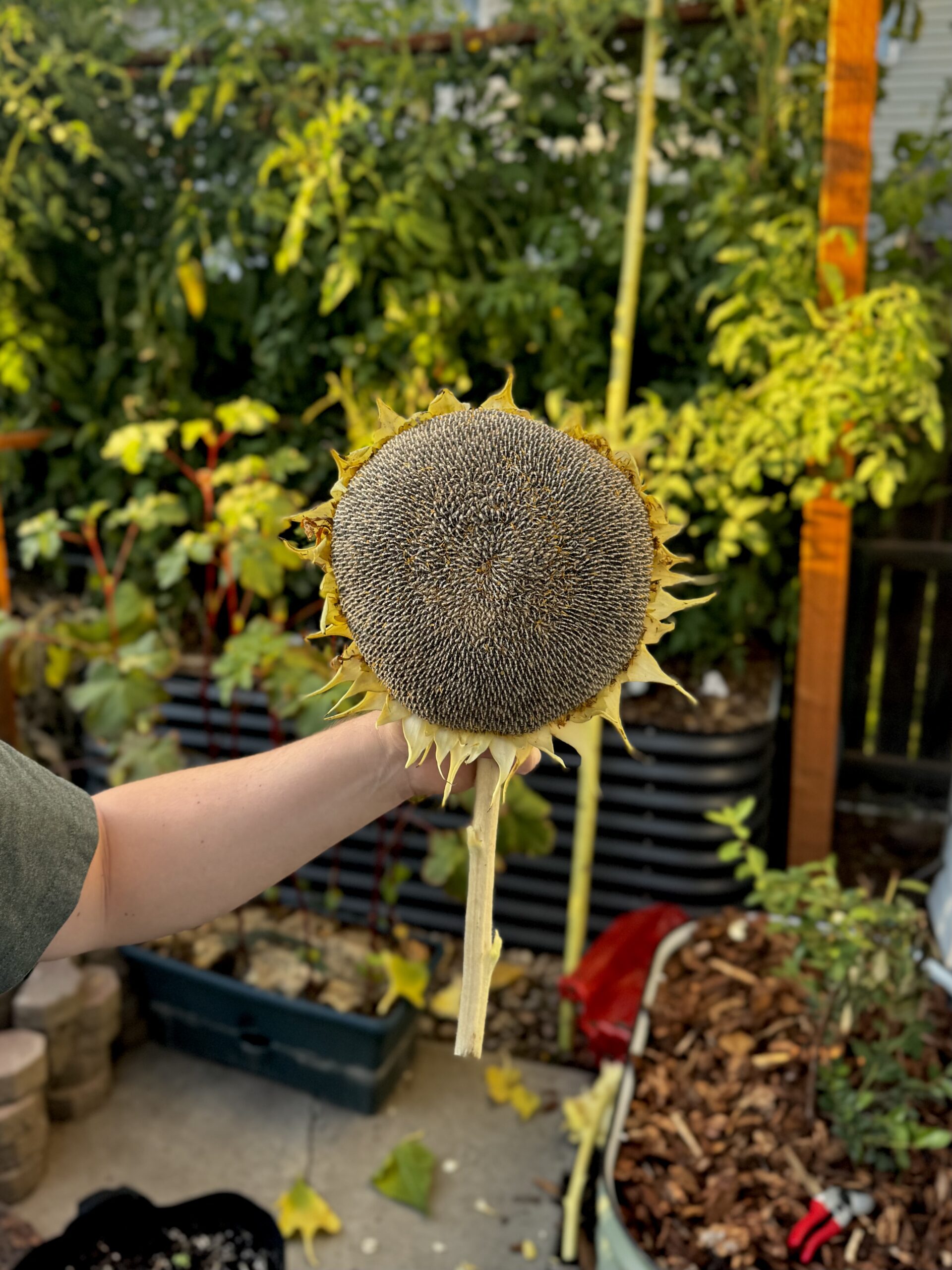

I always plant tons of flowers, but still get less bees than I would like. Maybe I should get some bee hives.
I finally understand how different pollinators affect yield. So helpful!